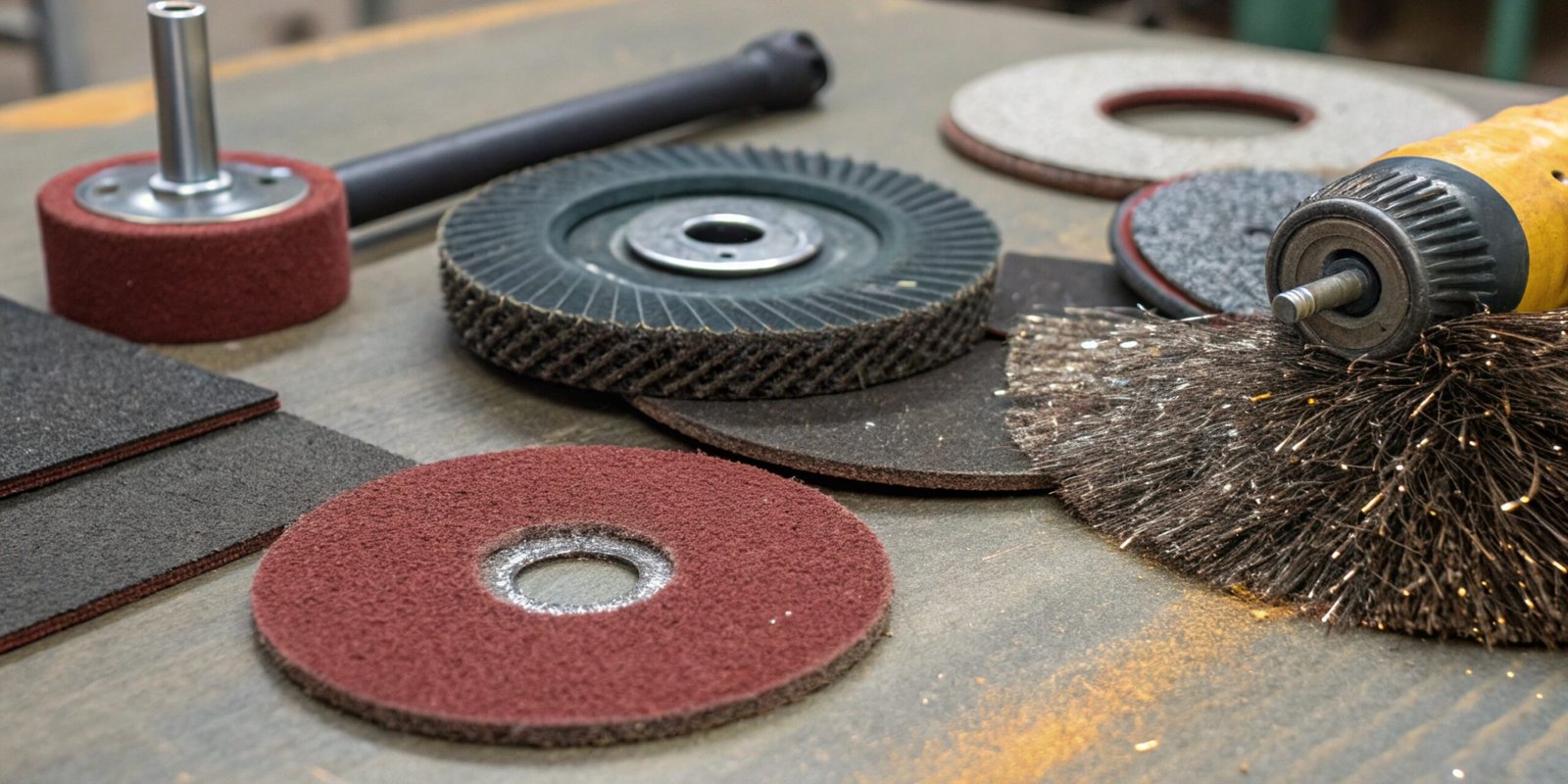
Struggling with tough materials? The wrong abrasive tool can ruin your project and waste money. Abrasives offer the power to shape, finish, and polish almost anything with precision.
Abrasives are hard materials used to shape or finish a workpiece through friction. Their uses range from industrial manufacturing, like cutting metal and grinding engine parts, to everyday tasks like sanding wood. For example, diamond is used for cutting concrete, while sandpaper smooths furniture.
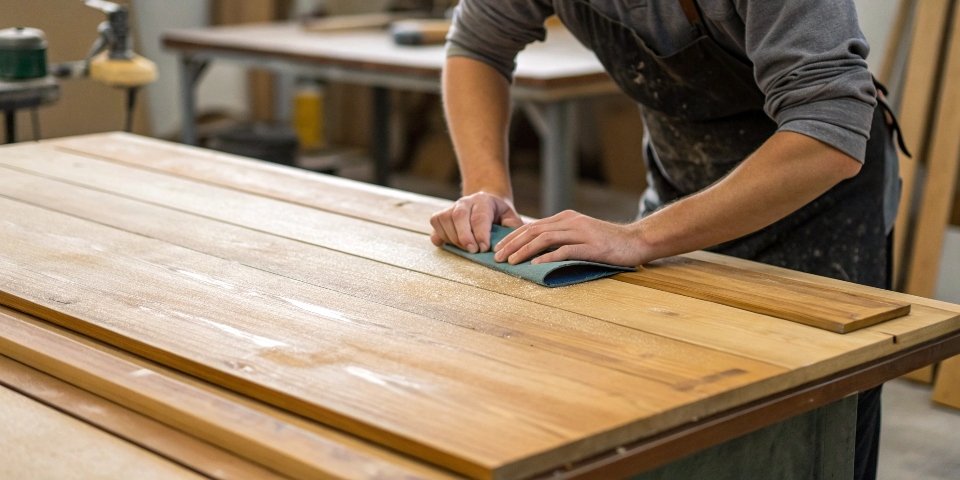
Abrasives1 are everywhere. You can find them in a massive factory and in your own garage. They are essential for making many of the products we use every day. But what makes them so useful? Let’s look closer at their specific jobs. We will start with the big picture and then focus on some common examples. This knowledge will help you choose the right tool for your specific needs.
What is the use of abrasives?
Confused by all the different abrasive products? It is hard to know which one is for cutting, grinding, or polishing. Using the wrong one can damage your workpiece.
Abrasives are primarily used to shape, cut, grind, polish, and clean other materials. In industry, they manufacture precise parts for cars and airplanes. At home, they help with cleaning and DIY projects. Their main purpose is to remove material through friction to achieve a desired finish.
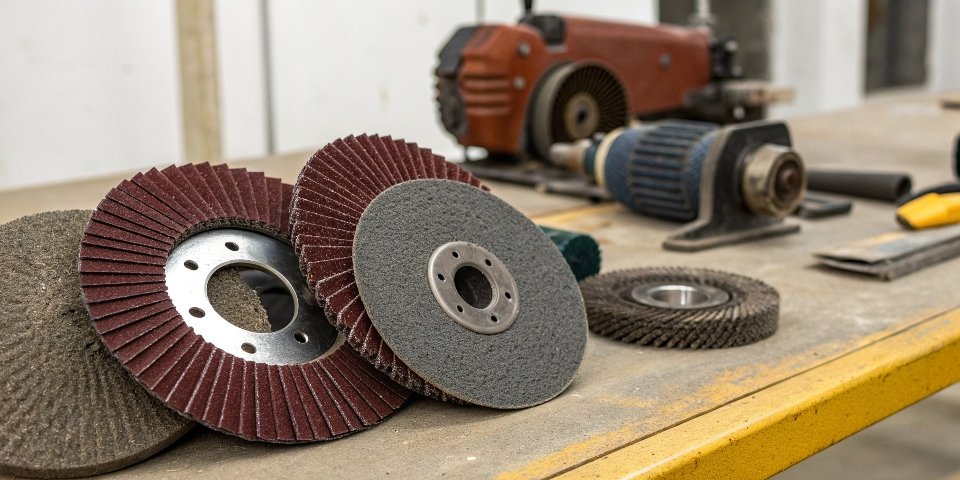
The applications for abrasives are incredibly broad. At our company, we see this every day. For a long time, we have supplied tools for huge industrial operations and also for smaller workshops. I once visited a client’s aerospace facility. They struggled with finishing turbine blades2. The process was slow and inconsistent. We provided a custom Cubic Boron Nitride (CBN)3 grinding wheel. This new tool improved the surface finish and cut their production time by 20%. This shows how the right abrasive is a real solution, not just another tool.
Here is a simple breakdown of where abrasives are used.
Industrial and Daily Applications
| Sector / Area | Specific Use |
|---|---|
| Industrial | |
| Manufacturing | Grinding, cutting, and polishing metal parts. |
| Construction | Cutting concrete and stone, polishing floors. |
| Automotive | Machining engine components, finishing car bodies. |
| Aerospace | Creating high-precision turbine blades. |
| Electronics | Slicing silicon wafers for semiconductors. |
| Medical | Making and finishing medical implants4 and tools. |
| Daily Life | |
| Home Cleaning | Scouring pots, cleaning surfaces with abrasive powder. |
| DIY Projects | Sanding furniture, sharpening garden tools. |
| Jewelry | Cutting and polishing gemstones. |
What is abrasive with an example?
Does the term "abrasive" seem too technical? You might be using them daily without even knowing it. Understanding the basics can help you make better purchasing decisions for your business.
An abrasive is a hard, rough material that can wear away or reshape a softer material through rubbing. A great example is diamond. As the hardest known material, it is used in cutting discs to slice through tough materials like concrete, stone, and even other metals.
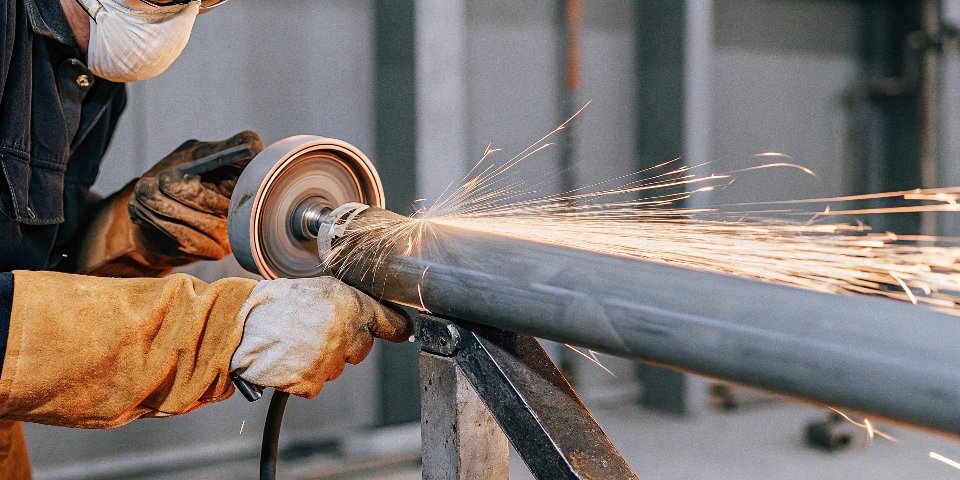
Abrasives come in two main categories: natural and synthetic. Our factory is in Henan Province. This area sources 80% of China’s industrial diamond5s. We have seen firsthand how this natural abrasive transforms industries. But technology has moved forward. We now also manufacture advanced synthetic abrasives. These man-made materials, like Aluminum Oxide6 and Cubic Boron Nitride (CBN), offer consistent quality and can be engineered for specific jobs. For example, CBN is second only to diamond in hardness but is more stable at high temperatures when working with steel. Choosing between natural and synthetic depends entirely on the job you need to do.
Natural vs. Synthetic Abrasives
| Abrasive Name | Type | Key Property | Common Use |
|---|---|---|---|
| Diamond | Natural | Extreme hardness | Cutting concrete, rock drilling, grinding ceramics |
| Garnet | Natural | Sharp, uniform hardness | Waterjet cutting, wood finishing |
| Aluminum Oxide | Synthetic | Toughness, low cost | Grinding steel, general-purpose sandpaper |
| Silicon Carbide | Synthetic | Very hard and sharp | Grinding non-ferrous metals, stone, glass |
| Cubic Boron Nitride (CBN) | Synthetic | High thermal stability | Grinding hardened steels and superalloys |
What is the use of abrasive paper?
Is your finished product surface rough and uneven? Hand sanding takes too long and gives poor results. You need a consistent, smooth finish for a professional look and feel.
Abrasive paper, or sandpaper, is used for smoothing and finishing surfaces. Its main uses include removing old paint from wood, preparing metal for painting by creating a rough surface for better adhesion, and polishing materials to a fine, smooth finish in both DIY and industrial settings.
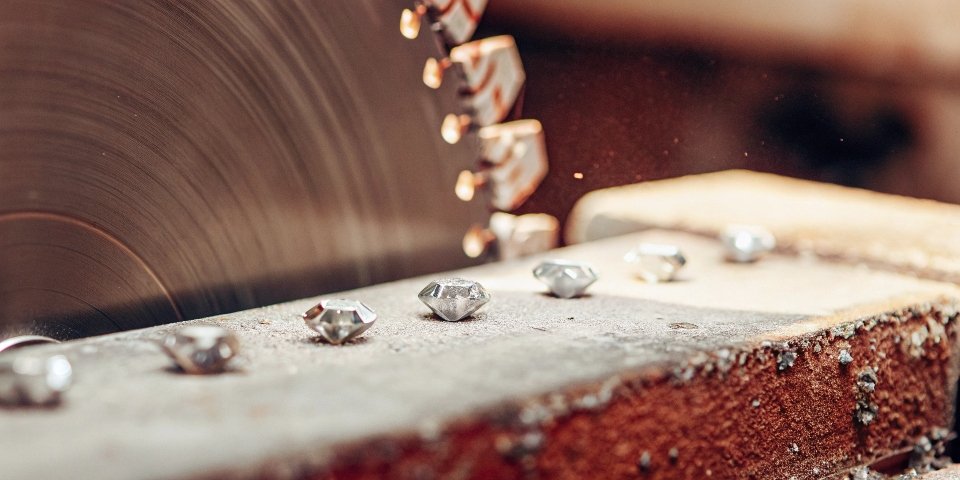
The key to using abrasive paper correctly is understanding "grit size7." Grit refers to the number of abrasive particles per square inch. A low number means coarse grit, and a high number means fine grit. A furniture maker once asked us for a solution for finishing delicate hardwood. He was using a medium grit and it left scratches. We recommended a high-grit aluminum oxide sanding belt for his final pass. The result was a flawless surface, ready for staining. This small change increased the value of his final product. It is all about matching the paper to the stage of the job. You start coarse to remove material quickly and move to finer grits for a smooth finish.
Understanding Grit Sizes
| Grit Range | Name | Primary Use |
|---|---|---|
| 40 – 80 | Coarse | Heavy material removal, stripping paint. |
| 100 – 150 | Medium | General sanding, smoothing wood, prepping for paint. |
| 180 – 220 | Fine | Final finishing before staining, removing small marks. |
| 240+ | Very Fine | Polishing between coats of finish, creating a silky-smooth surface. |
What are examples of abrasives used in cleaning?
Are stubborn stains and rust ruining your surfaces? Regular cleaners are not strong enough for tough jobs. You need something that can physically scrub away the grime without damaging the material.
In cleaning, abrasives physically scrub away dirt, rust, or tarnish. Common examples include the silicon carbide in scouring pads for pots and pans, the fine quartz in some cleaning powders for sinks, and even sandpaper used to remove heavy rust from metal tools before restoration.
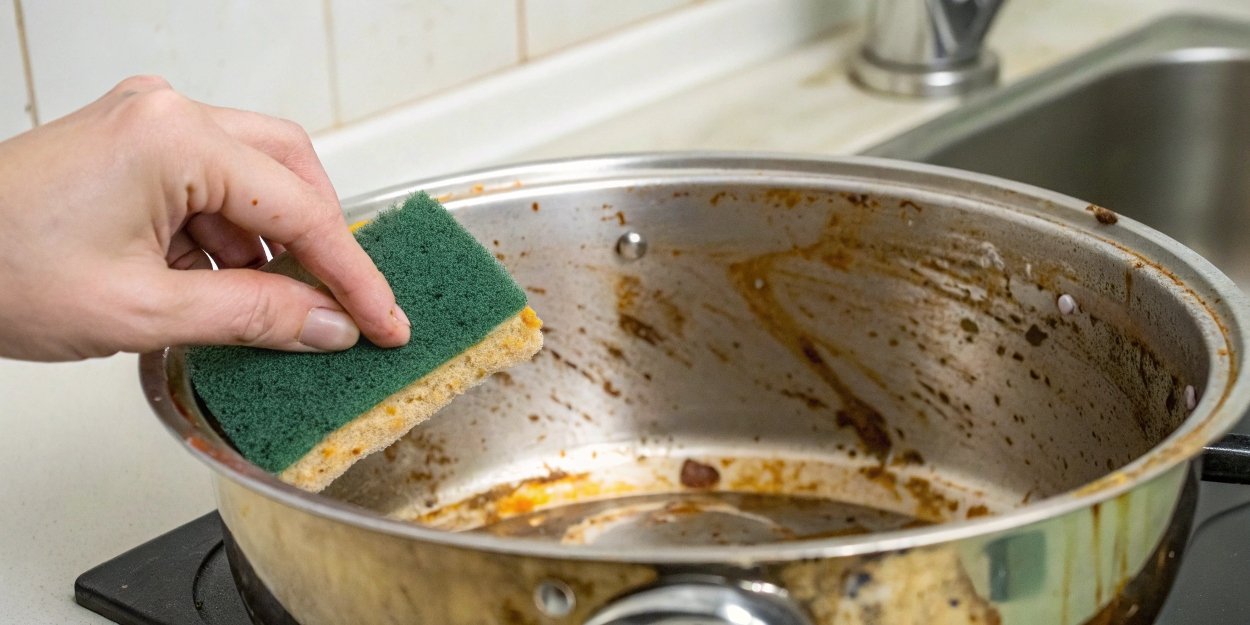
The principle of using abrasives for cleaning is the same as in our industrial applications: hardness matters. You need an abrasive that is harder than the grime but softer than the surface you are cleaning. If you use an abrasive that is too hard, you will scratch the surface. This is why you would not use a steel wool pad on a non-stick pan. The same logic applies when we manufacture industrial tools. We do not recommend a diamond wheel for grinding soft aluminum. It is too aggressive. It is all about control and precision, whether you are cleaning a sink or manufacturing an engine part for a high-performance car.
Mild vs. Harsh Cleaning Abrasives
| Cleaning Abrasive Type | Example Product | Use Case | Caution |
|---|---|---|---|
| Mild Abrasive | Baking soda paste | Cleaning delicate appliance surfaces. | Always test on a small, hidden area first. |
| Moderate Abrasive | Scouring powder | Removing stains from porcelain sinks. | Can dull glossy finishes over time. |
| Harsh Abrasive | Scouring Pad (SiC) | Removing baked-on food from steel pots. | Will scratch plastics, coated surfaces, glass. |
| Very Harsh Abrasive | Steel Wool | Removing rust from cast iron or tools. | Never use on stainless steel or non-stick pans. |
Conclusion
Abrasives are essential tools for shaping, finishing, and cleaning. Understanding their types and uses helps you choose the right product for any job, from industrial manufacturing to simple home repairs.
-
Explore the various types of abrasives to understand their specific applications and benefits. ↩
-
Learn about the specialized abrasive techniques used in turbine blade manufacturing. ↩
-
Explore the benefits of CBN abrasives in high-performance applications. ↩
-
Learn about the critical role of abrasives in the production of medical devices. ↩
-
Understand the unique properties of diamond that make it ideal for abrasive applications. ↩
-
Learn about Aluminum Oxide’s properties and its common uses in abrasive products. ↩
-
Understand the importance of grit size in achieving desired finishes with abrasives. ↩
Written by
leeon
You may also be interested in:
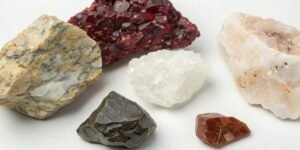
What are the primary abrasive minerals?
Are you struggling to choose the right abrasive for your job? Making the wrong choice can ruin your workpiece, costing you time and money. Understanding
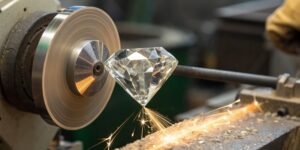
Why is a diamond used as an abrasive?
Struggling to cut tough materials effectively? Your current tools wear out too fast, causing delays and poor finishes. Diamond’s unmatched hardness offers the ultimate solution

What belt grinder should a (beginner) knife maker own?
Starting knife making is exciting, but choosing the right grinder is overwhelming. The wrong one ruins projects and wastes money. This guide simplifies picking the
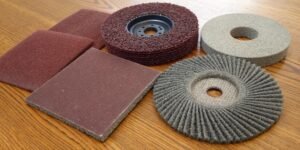
What are abrasives?
Choosing the wrong abrasive leads to poor results and wasted material. This hurts your production timeline and bottom line. Understanding abrasives is the simple solution
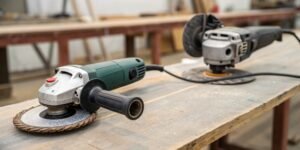
Is a corded angle grinder better than a cordless one?
Struggling between consistent power and job site freedom? Choosing the right angle grinder is a critical decision that directly affects your team’s efficiency, safety, and

What is the history of the wire wheel?
Are you curious about the origins of the simple wire wheel? Its fascinating history is deeply connected to incredible innovations in transportation and has shaped
